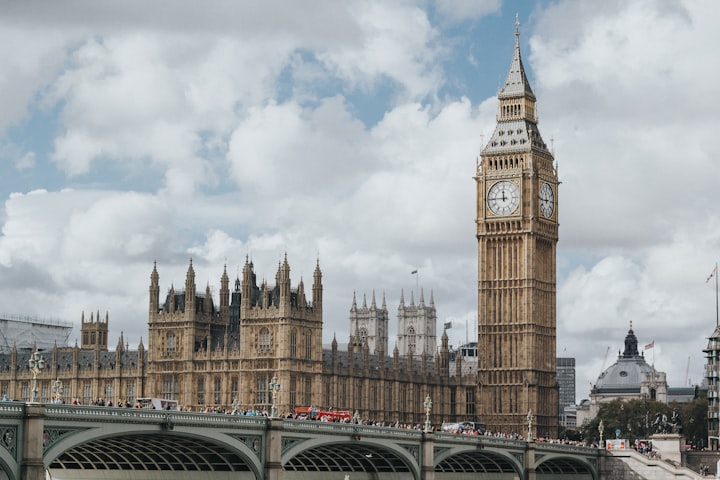
The Eiffel Tower is the loftiest establishment in Paris. The Eiffel Tower got its name after the name of the engineer Gustave Eiffel. The engineer with his corporation designed and constructed the tower. The Tower was built from 1887 to 1889. It was constructed as the focal point of the 1889 World’s Fair. Some best artists in France condemned its design, but the Tower became an international artistic icon of France over time. The Eiffel Tower is one of the most recognizable designs in the world. The height of the Tower is 330 meters, which is equal to the size of an 81-story building.
The Eiffel Tower became the most elevated human-made building, exceeding the altitude of the Washington Monument in 1889, which was the last year of its construction. The Chrysler Building present in New York City, which was constructed in 1930, became the most heightened structure in the world with a length of 319 meters. For about 41 years, the title for the tallest man-made building was maintained by the Eiffel Tower. A TDF antenna was installed with the Tower making it 6 meters longer than earlier, and after measuring the height of the Tower, it became the tallest again in 1957.
The design of the Eiffel Tower was not sketched by the engineer Gustave Eiffel, who was considered a prominent designer in the construction of the Tower. Maurice Koechlin made the initial design in May of 1884. He was a senior architect performing for Eiffel’s architecture enterprise at that time. Koechlin and Emile Nouguier-who was another engineer in the firm- worked together to design a monument for the 1889 Exposition Universelle. The exhibition was scheduled as a World’s Fair to commemorate the 100th anniversary of the French Revolution.
Eiffel showed the layout containing the design to the Société des Ingiénieurs Civils as a sign of the evolving Industrial Age in 1885. The government was changed after two years; Eiffel persisted to lobby for the scheme, so it was reviewed by a commission in 1886. The proposal of Eiffel for the monument was examined and selected by the commission because of its practical planning and management. The other proposals appeared unbelievable and got rejected. The planning included approximately 1700 general and 3630 elaborated sketches by Eiffel’s firm; the sketches consisted of about the 18038 pieces that made up the Tower. There is an important point to notice that all the drawings were handmade; it was the 1900s.
A suitable location was fixed for the standing of the Tower, after which the construction began in January of 1887. At first, the bases of the Eiffel Tower were made with massive concrete and limestone. It was thought that the tower would be gathered in a modular style. Although the Eiffel Tower is one of the outstanding monuments in the world, and people believe it is a great work of art today, at that time, a large number of artists protested against the construction of the Tower after the designs were exhibited.
Eiffel defended it by comparing it to the Pyramids of Egypt and explained the monumental nature of their work: it was a qualified depiction. At that time, the Pyramids were still some of the gigantic man-made structures on Earth. As the project was approved by the government already, Eiffel didn’t take the criticism into account.
After World War I, in 1925, the Eiffel Tower lost its beauty and its condition was not good. A swindler named Victor Lustig maintained a private gathering of junk traders and, using falsified government stationery, proposed to sell the Eiffel Tower for scrap. Lustig and his abettor escaped to Vienna with a bag full of cash. After a month, Lustig couldn’t support himself, and he returned to Paris to try the scheme again. This time, the individual he attempted to scam with contacted the authority. The story is beyond the scope of this article.

After the initiation of its opening, the elevators were installed shortly after because trekking to the top took earlier traveler hours. The lifts have been altered, elevated, and substituted many times. Visitors to the Eiffel Tower contain adventurers who have produced actions, such as bungee jumping from the tower. Because of all the popularity it has; the Eiffel Tower is a must-see destination in Paris.
Disclaimer: The story's already published on another platform.
About the Creator
Enjoyed the story? Support the Creator.
Subscribe for free to receive all their stories in your feed. You could also pledge your support or give them a one-off tip, letting them know you appreciate their work.
Reader insights
Nice work
Very well written. Keep up the good work!
Top insights
Excellent storytelling
Original narrative & well developed characters
Easy to read and follow
Well-structured & engaging content
Eye opening
Niche topic & fresh perspectives
Heartfelt and relatable
The story invoked strong personal emotions
Masterful proofreading
Zero grammar & spelling mistakes
Compelling and original writing
Creative use of language & vocab
On-point and relevant
Writing reflected the title & theme
Expert insights and opinions
Arguments were carefully researched and presented






Comments (1)
I can't imagine that people could detest this beautiful architecture!